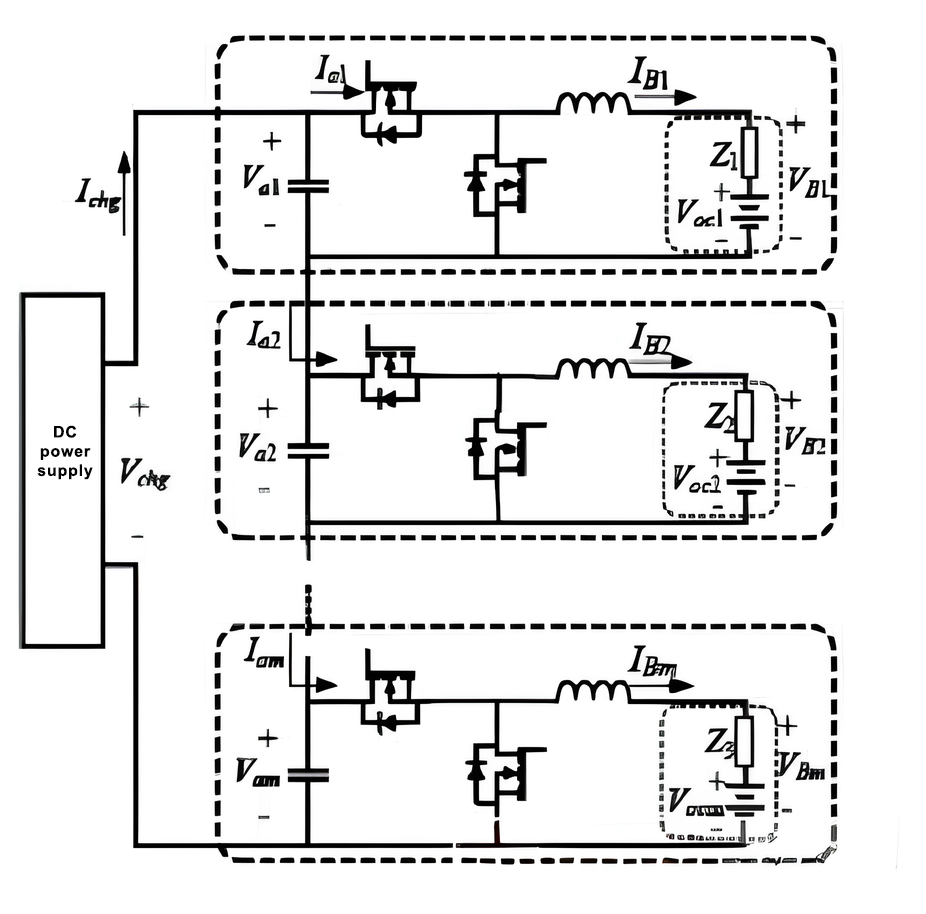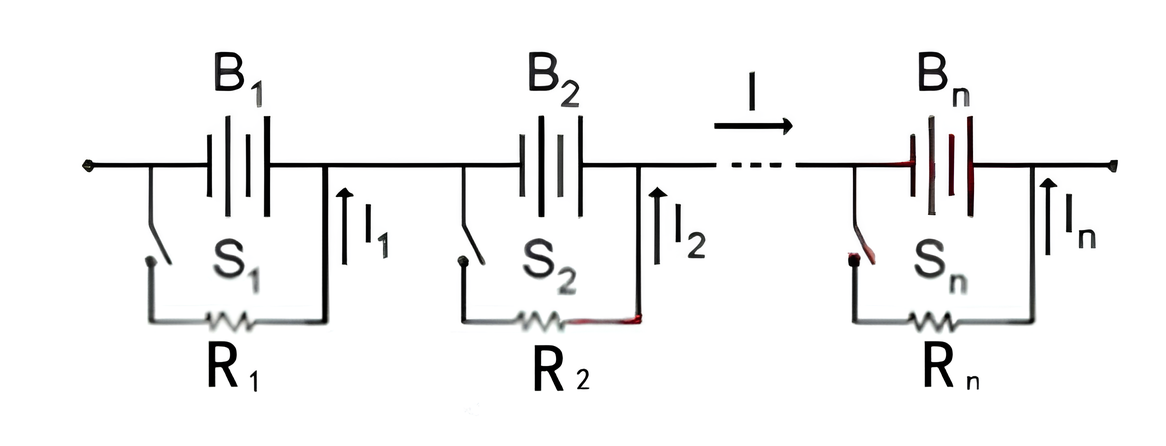English 


Author: Site Editor Publish Time: 2024-02-21 Origin: Site









The Buckets Effect: The amount of water a bucket can hold depends on its shortest stave.
In the realm of batteries, the Buckets Effect is observed: The performance of a battery pack depends on the cell with the lowest voltage. When the voltage balancing is poor, the phenomenon occurs that the battery is fully charged after a short charging period.
Traditional Approach:
Manual periodic inspection to identify batteries with low voltage and individually charge batteries with low voltage.
Smart Approach:
BMS (Battery Management System) is equipped with an automatic balancing function that can automatically balance voltage during charging and discharging.
Automatic balancing includes active and passive balancing.
Active balancing includes charging-based and energy-transfer-based balancing.
Balancing is carried out by means of lossless transfer of energy, i.e., energy is transferred from cells with higher voltage to those with lower voltage, achieving overall voltage balance with minimal energy loss; hence, it is also called lossless balancing.
Advantages: Minimal energy loss, high efficiency, long duration, high current, quick effect.
Disadvantages: Complex circuitry, high cost.

There is a DC/DC power module within each monitoring cell sensor. During float charging, the module charges the cell with the lowest voltage to increase its charge until reaching the set voltage balance.
Advantages: Targeted charging for undercharged or lower-performing cells.
Disadvantages: High cost due to the need for DC/DC power modules, risk of overcharging (possible with misjudgment), high maintenance cost due to potential failure points.

Passive balancing typically involves discharging higher voltage cells through resistors, releasing energy in the form of heat to achieve overall voltage balance, thereby allowing other cells more charging time during the charging process.
Advantages: Low discharge current, reliable technology, cost-effective.
Disadvantages: Short discharge time, slow effect.

In summary, the current BMS for lead-acid batteries mostly adopts passive balancing. In the future, Dfun will introduce hybrid balancing, which balances high-voltage cells through discharging and low-voltage cells through charging.